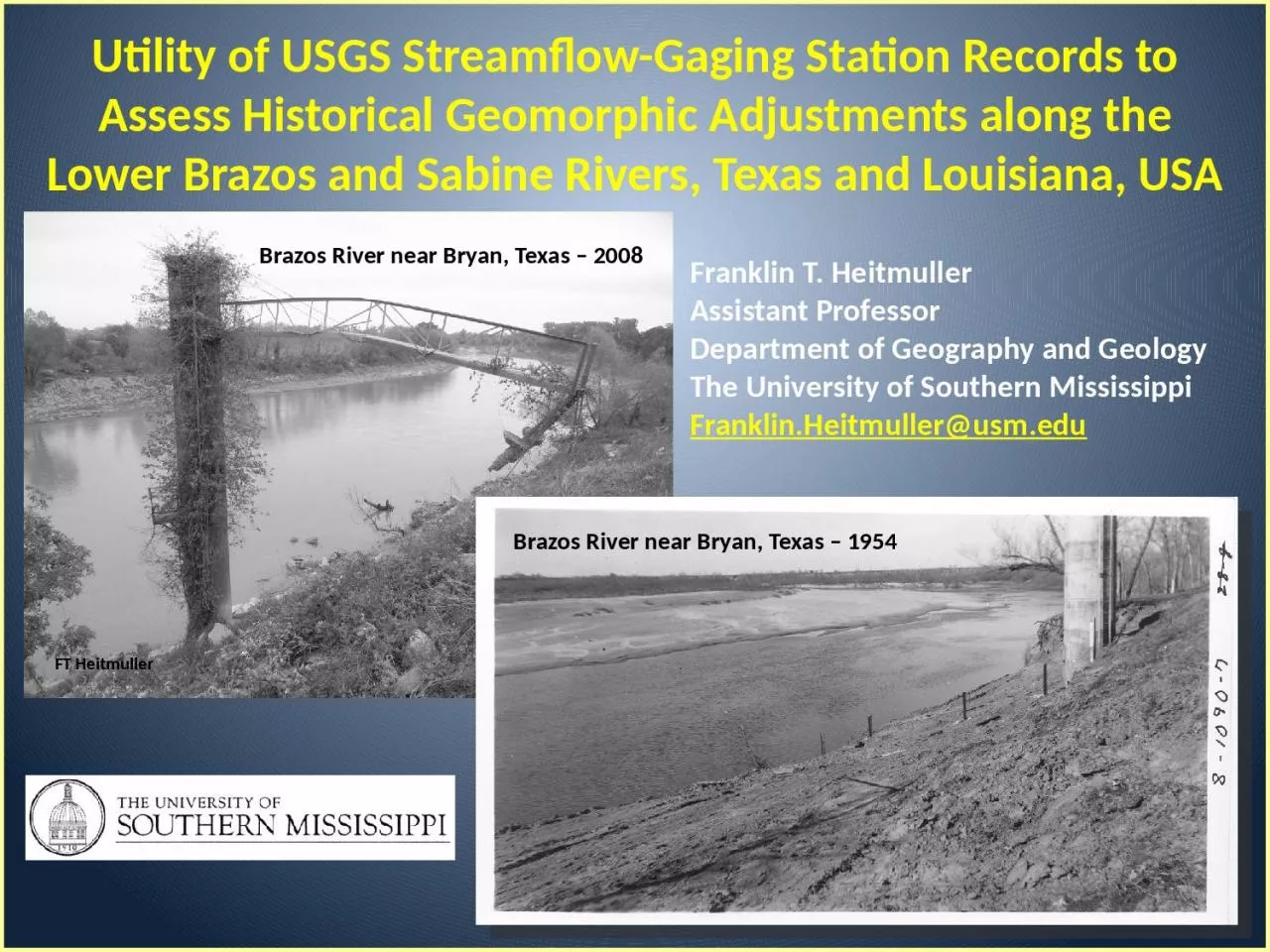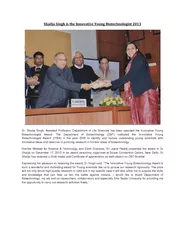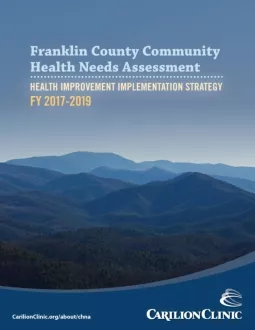PPT-Franklin T. Heitmuller Assistant Professor
Author : heavin | Published Date : 2023-10-26
Department of Geography and Geology The University of Southern Mississippi FranklinHeitmullerusmedu Brazos River near Bryan Texas 2008 Utility of USGS Streamflow
Presentation Embed Code
Download Presentation
Download Presentation The PPT/PDF document "Franklin T. Heitmuller Assistant Profess..." is the property of its rightful owner. Permission is granted to download and print the materials on this website for personal, non-commercial use only, and to display it on your personal computer provided you do not modify the materials and that you retain all copyright notices contained in the materials. By downloading content from our website, you accept the terms of this agreement.
Franklin T. Heitmuller Assistant Professor: Transcript
Download Rules Of Document
"Franklin T. Heitmuller Assistant Professor"The content belongs to its owner. You may download and print it for personal use, without modification, and keep all copyright notices. By downloading, you agree to these terms.
Related Documents














